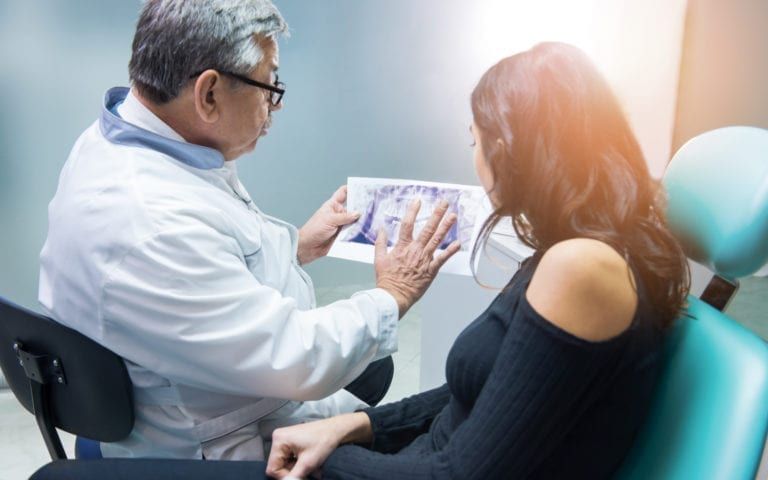When you hear about Botox, your first thought is probably cosmetic treatments. Given the amount of advertising and press that use of the medication gets, you’d be forgiven for going straight to that. While that may be its best-known use, continuing research has resulted in a growing range of treatments that it can be used for. It has been found to be effective in treating migraines, controlling spasms, lazy eye, overactive bladder, and numerous other conditions. It has even found its way into your dental office.
What Is Botox and How Does It Work?
Let’s start off by clarifying what Botox actually is and the effects that make it useful as a medical treatment. Botox is the toxin that causes paralysis that is created by the bacteria Clostridium botulinum. After being harvested and purified, it can be used to safely provide a variety of treatments. This substance functions by binding to nerves and preventing them from sending messages that result in muscle contractions. These effects can take up to four months to wear off, making Botox an effective though temporary solution. Those who benefit from this treatment often receive additional doses when it begins to wear off.
How Does This Help In Dental Treatments?
The main thing that Botox is used for in the dental office is to manage symptoms of temporomandibular joint disorder. TMD is one of the most prevalent disorders found in the dental industry, with nearly 80% of all patients needing treatment for it to one degree or another in their lifetime. TMD is typically identified as a condition where the muscle and nerves of the jaw and face experience chronic pain; it often responds well to Botox treatment. The medication is injected into one or more trigger points that are identified by the patient. When pressure is applied to these areas through palpation, a cascading pain is felt that radiates out from this point along the tracks, followed by nerves or along muscles. Botox serves to disrupt these trigger points, easing or eliminating the pain the patient experiences. It has also been found to be effective in treating jaw clenching and tooth grinding associated with Bruxism.
Is Botox Safe?
As a toxin derived from bacteria, Botox does come with the possibility of certain side-effects. When compared to other medical treatments, Botox has largely been found to be safe and free of serious side-effects in the vast majority of cases. Side effects typically include mild bruising at the injection site and radiating numbness and mild local paralysis caused by the medication spreading away from the injection site. These symptoms typically pass quickly.
If you’d like to talk to an experienced dental practitioner about Botox treatment and what role it can play in your dental treatment, contact Romans Soltani Dentistry today. Our team of dental experts, led by Doctors Anna Romans and Sheila Soltani, will help you make the best decisions for your oral health. Call today and schedule an appointment at our office in Camillus, NY and start on your road to relief with Botox!




